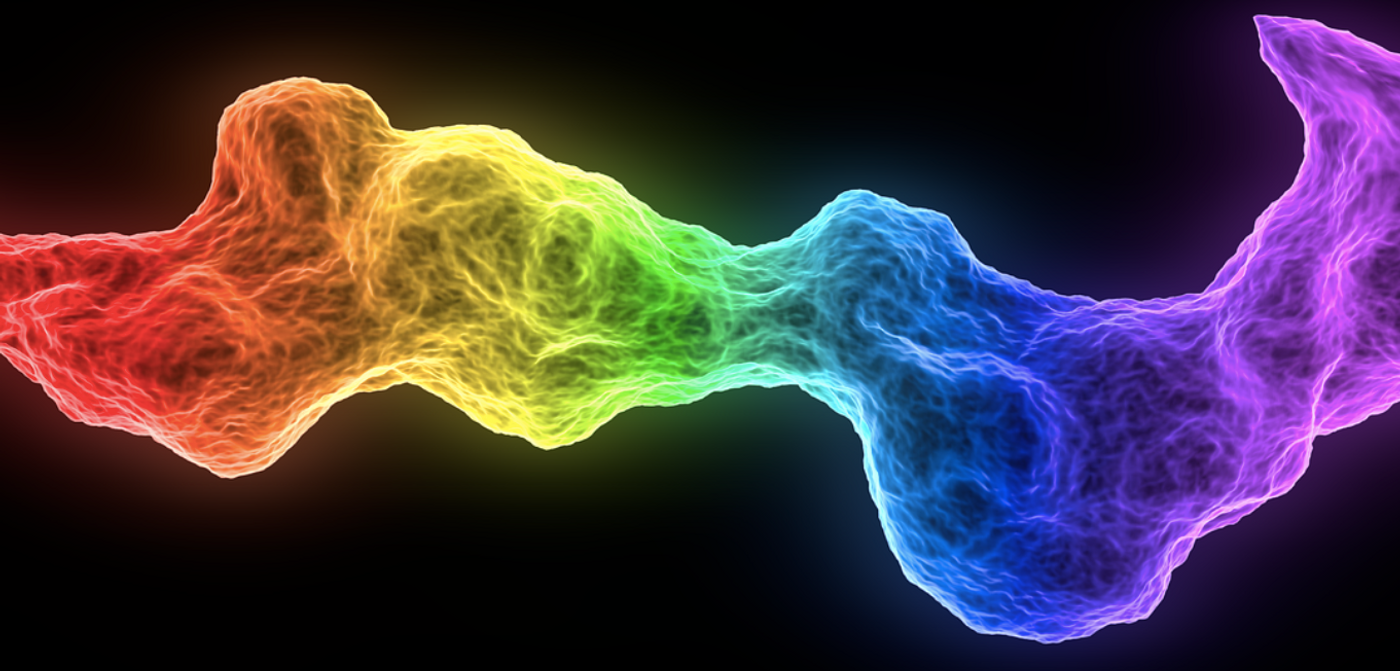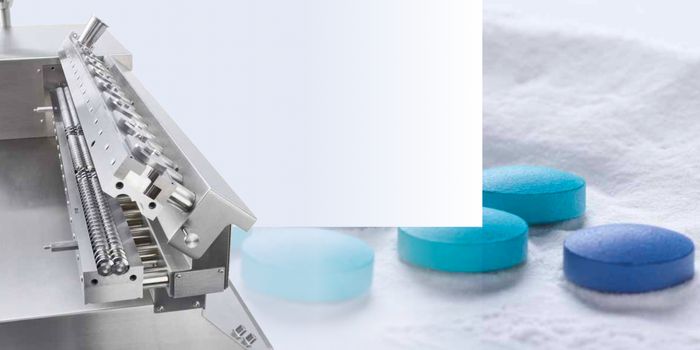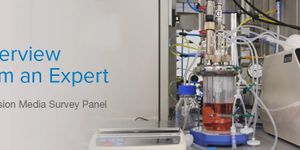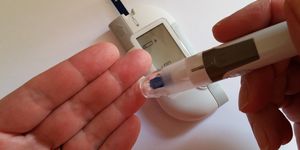Sequencing Living Cells, Individually, Without Killing Them
When genes in a cell are active, they are transcribed into messenger RNA (mRNA) molecules. So researchers can take a snapshot of all the genes that are expressed in a cell at one specific time by isolating the mRNA that the cell contains, which is known as the transcriptome, and sequencing that mRNA. While a whole population of cells can be assessed at once with this technique, advancements have made it possible to assess gene expression at the single cell level. Cells are usually destroyed during this process, however, because they have to be broken open so the RNA can be extracted and studied. But scientists have now developed a method called Live-seq for assaying gene expression, using RNA sequencing in a live cell, without opening and killing that cell.
In this method, cells are kept alive as the RNA is extracted, with the help of Fluidic force microscopy (FluidFM). FluidFM can manipulate extremely small quantities of liquids, on the order of femtoliter, with microscopic channels. This approach was first created at ETH Zurich. Researchers utilized FluidFM to remove a tiny bit of cytoplasm from a cell, while minimizing damage. The cytoplasm contains many mRNA transcripts.
In this study, the researchers found a way to preserve the mRNA in the cytoplasm, and use it to read the transcriptome in the cell. It now seems to be possible to monitor the transcriptome in an individual, living cell over time. The study authors noted that Live-seq enables a temporal transcriptomic analysis.
"With Live-seq, we can now uniquely address highly interesting and biomedically relevant questions, such as why certain cells differentiate and sister cells do not, or why certain cells are resistant to a cancer drug, while their sister cells are again not," says Bart Deplancke of EPFL.
The method was also tested, and the researchers showed that this approach could differentiate between different cell states and types without causing major disturbances. In this work, the trajectory of immune cells called macrophages was individually monitored before and after they were activated. Another cell type, adipose stromal cells, was also assayed as each differentiated into fat cells.
The researchers also showed that Live-seq could act as a kind of "transcriptomic recorder," that was used to predict the strength of an immune cell's react to some immunological challenge.
"Live-seq can address a broad range of biological questions by transforming scRNA-seq from an end-point to a temporal and spatial analysis approach," said study co-author Julia Vorholt of ETH Zurich.
Sources: Ecole Polytechnique Federale de Lausanne (EPFL), Nature









